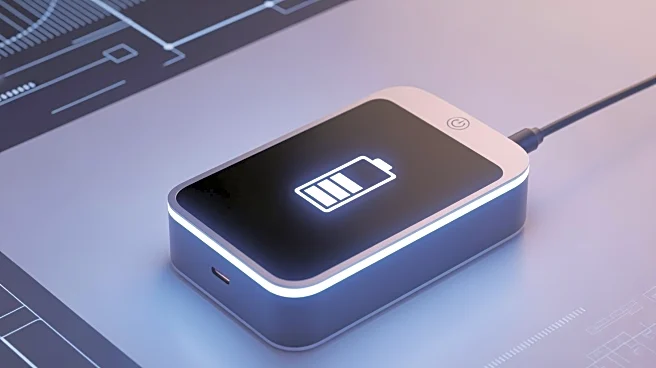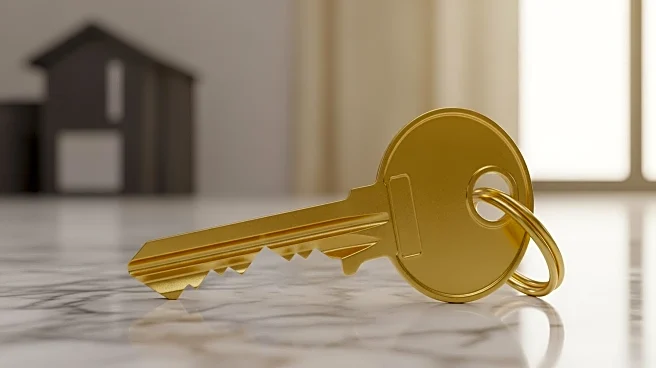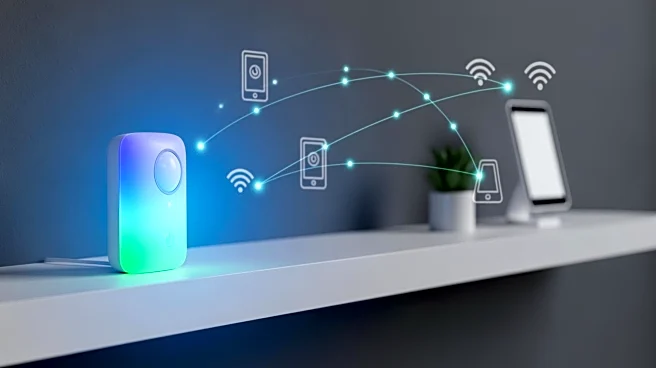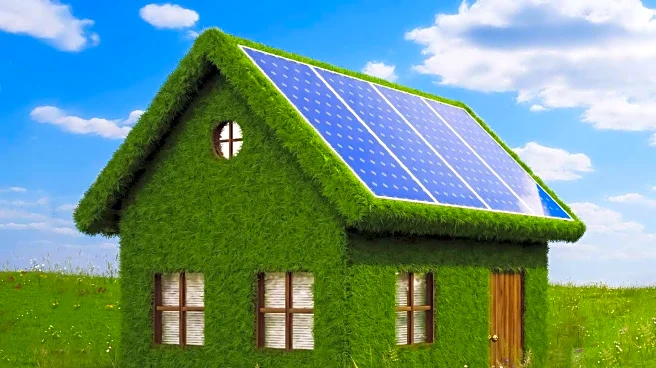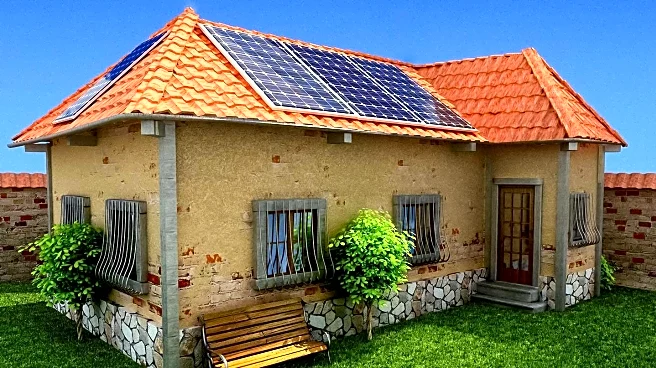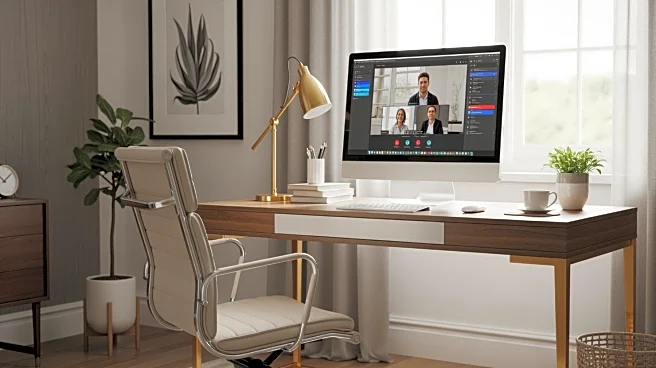What's Happening?
Realtor.com has released a new analysis identifying WaterSense fixtures as the fastest-growing home feature in 2025, with a 289.6% increase in listing mentions year over year. These fixtures, certified by the Environmental Protection Agency, use at least
20% less water and save energy while maintaining performance. The analysis also highlights biophilic indoor/outdoor design as a rising trend, with a 163% increase. This design blurs the boundary between interior and exterior spaces, enhancing connections to nature. Other notable trends include EV charging stations and smart home features like built-in coffee systems and smart lighting scenes, reflecting a shift towards energy efficiency and convenience in home design.
Why It's Important?
The growing popularity of WaterSense fixtures and biophilic design indicates a significant shift towards sustainability and efficiency in the housing market. These features not only appeal to environmentally conscious buyers but also offer practical benefits such as reduced utility costs. As remote work and digital lifestyles become more prevalent, smart home features are increasingly valued for their convenience and reliability. This trend could influence future home construction and renovation projects, encouraging builders to prioritize eco-friendly and technologically advanced designs.
What's Next?
As these trends continue to gain traction, real estate developers and homeowners may increasingly incorporate WaterSense fixtures and biophilic design elements into new and existing properties. This could lead to a rise in demand for sustainable building materials and technologies, potentially driving innovation in the construction industry. Additionally, the emphasis on smart home features may prompt further advancements in home automation systems, enhancing the overall living experience for residents.
Beyond the Headlines
The shift towards sustainable and smart home features reflects broader societal changes, including increased environmental awareness and the integration of technology into daily life. This evolution in home design raises questions about the future of urban planning and the role of technology in creating more livable and efficient spaces. As these trends become more widespread, they may also influence cultural perceptions of homeownership and the importance of sustainability in personal and community well-being.


